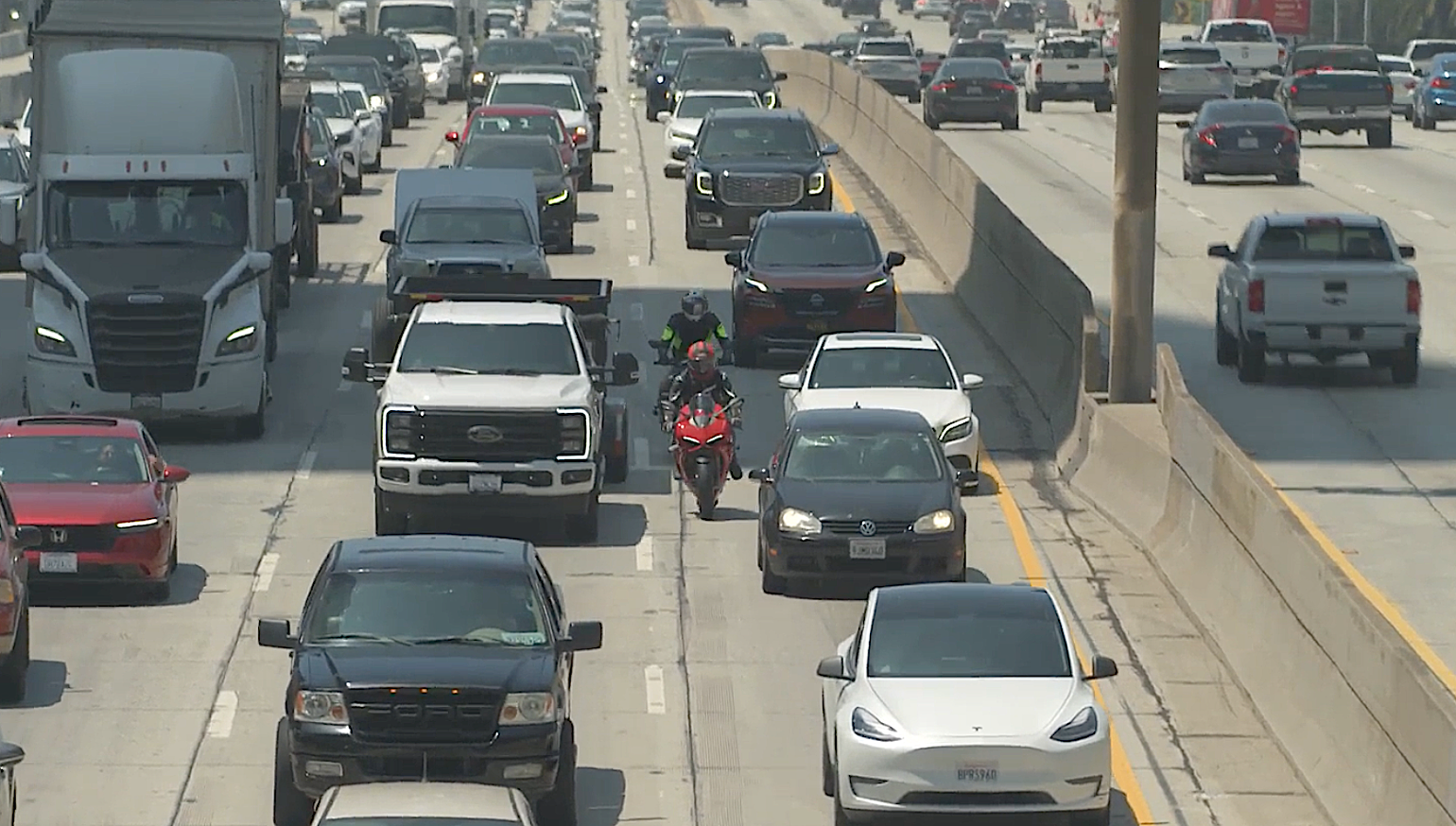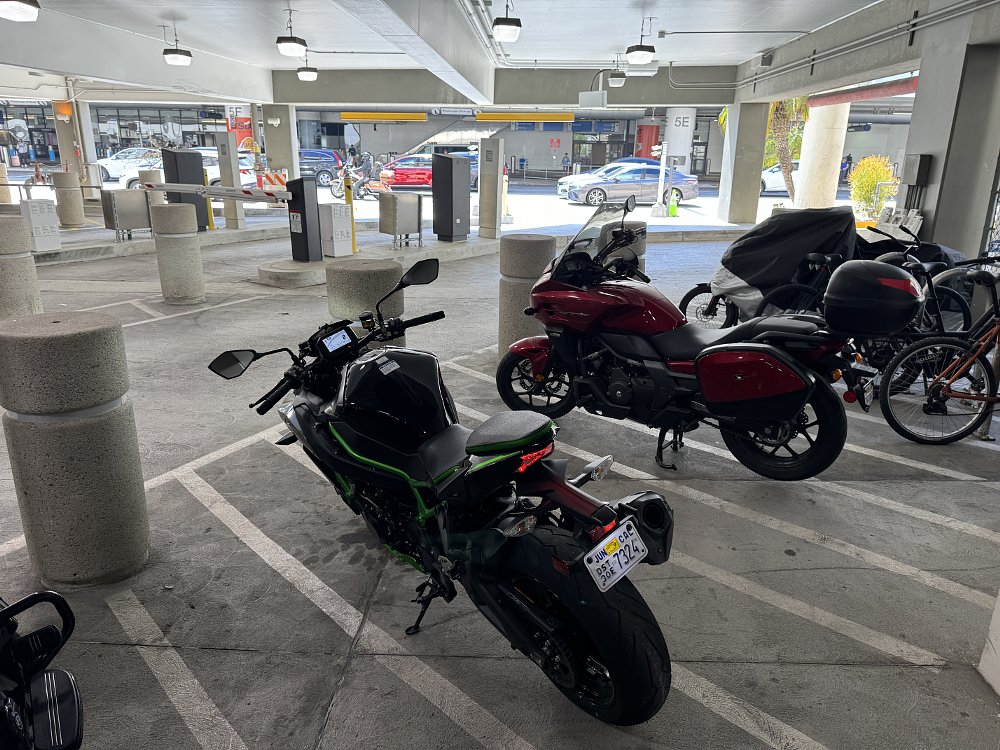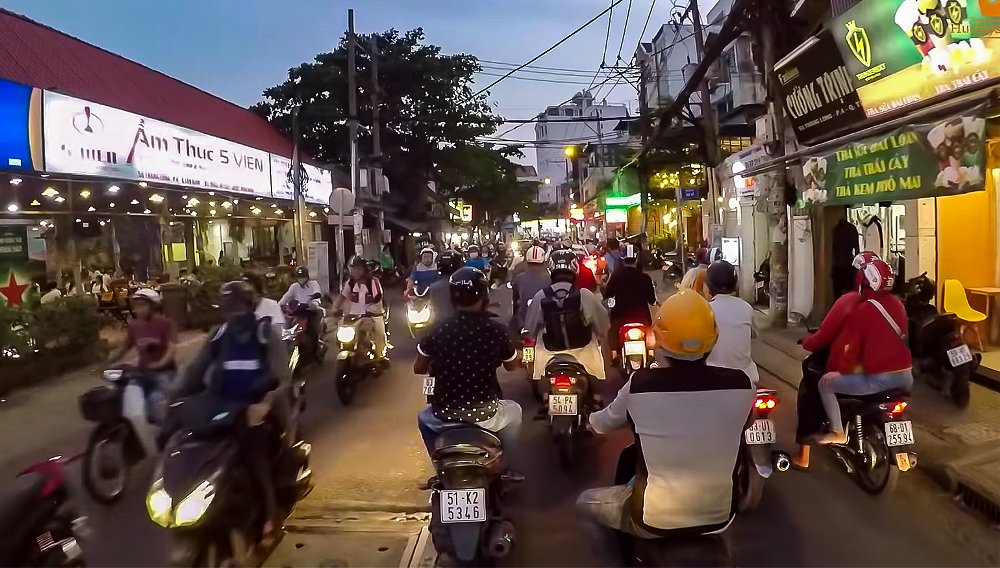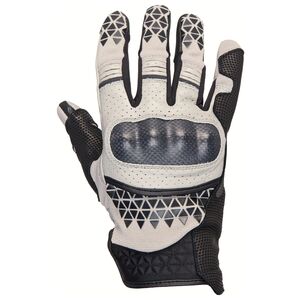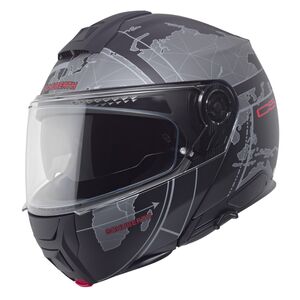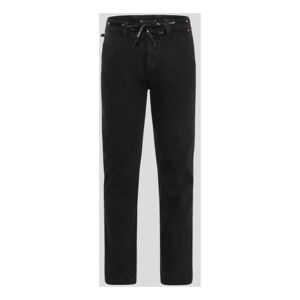Los Angeles is infamous for having some of the worst traffic in America. According to the TomTom Traffic Index Ranking, in 2023 Angelinos spent an average of 86 hours extra hours in their cars due to traffic over the course of the year. That’s more time in congestion than most people get for paid time off.
We only have so many days on this planet (about 28,000), so wouldn’t it be great if there was a coupon you could apply to save some of those wasted hours?
There is, and it takes the shape of a motorcycle. It doesn’t matter if it’s a 200-horsepower supercharged Kawasaki Z H2 or a clapped out 20-horsepower Honda CBR250R, two wheels and an engine can shave 40% off your traffic sentence here in L.A.
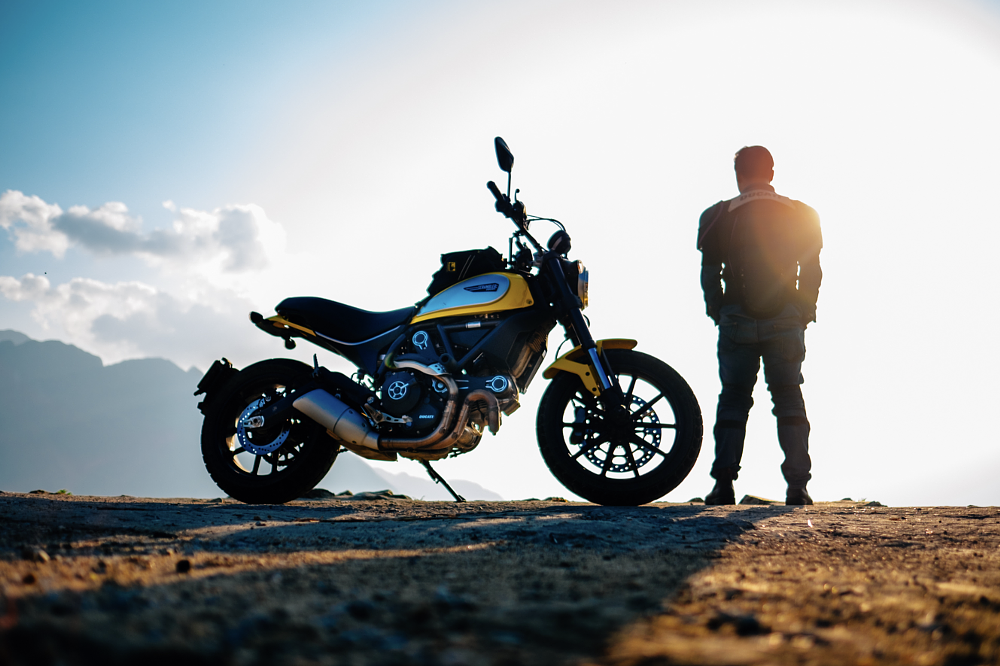
Those of us who live and ride in the City of Angels already know that motorcycles are a huge life hack that applies to everything from commuting to parking, but for our latest episode of CTXP (video below) we decided to quantify our subjective experiences. And in order to get perspective, we needed to compare motorcycles to some of the other ways L.A.’s 3.9 million people get around.
We settled on bicycles, electric scooters, a car, and motorcycles, and established an 18.5-mile route that spanned from the Pacific Ocean in Marina Del Rey to the hills above Dodger Stadium just north of downtown Los Angeles. Then, over the course of four days, we tackled the same trip during morning traffic (which is actually a continuation of the previous night’s traffic, which is an extension of that afternoon’s traffic, and so on and so forth).
Here’s the abstract: Cycling is feasible in L.A. thanks to abundant bike lanes and beautiful weather, but it’s a slow roll (1:32:37 to complete our route). Bike lanes are also accessible to electric scooters, which are quicker (1:05:07) and a lot less calorie-intensive. The quiet, climate-controlled, self-driving world of a Tesla Model Y is faster still (0:48:42), but even luxury cages are a frustrating place to get trapped in traffic.
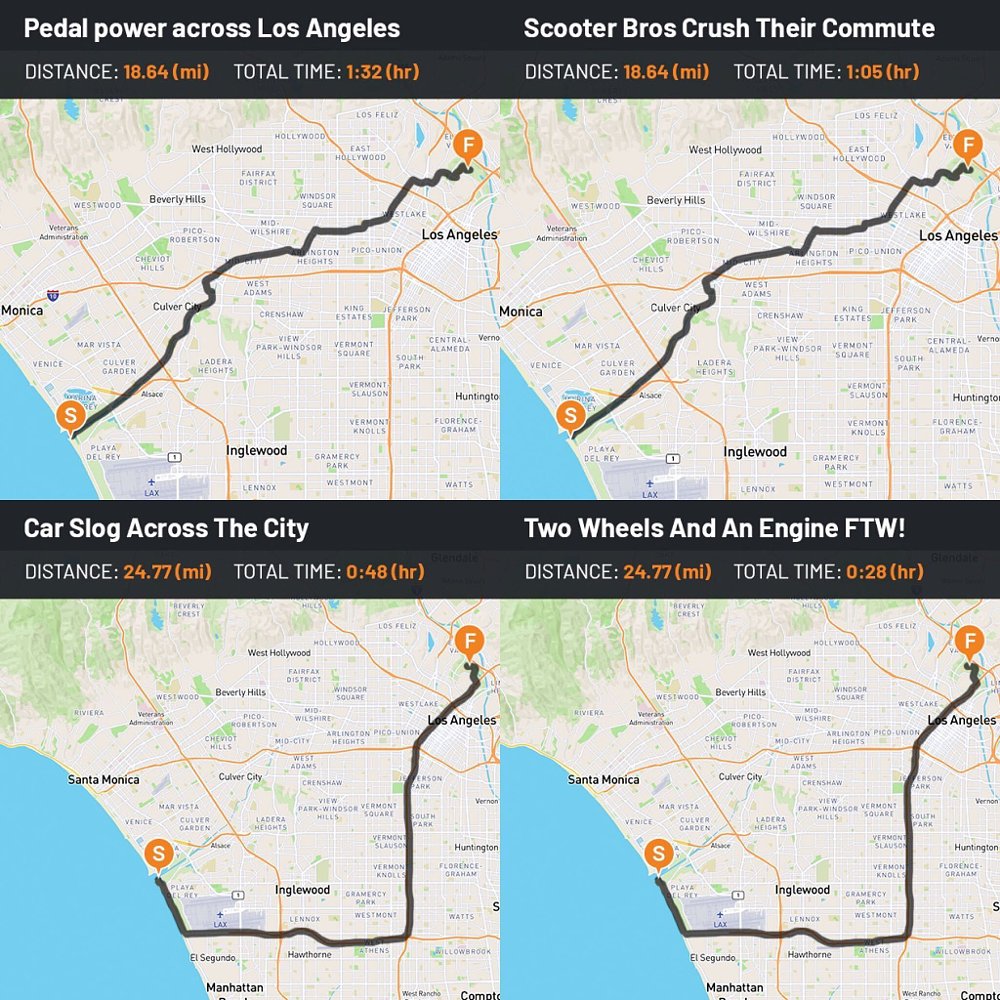
Which brings us to the reason we all come to Common Tread — motorcycles. In our test they were the most expedient (0:28:15), with none of the effort of a bicycle, range anxiety of a scooter, or captivity of a car. Compared to how the overwhelming majority of Angelinos get around — in a car — the motorcycles represent a massive 42% time savings.
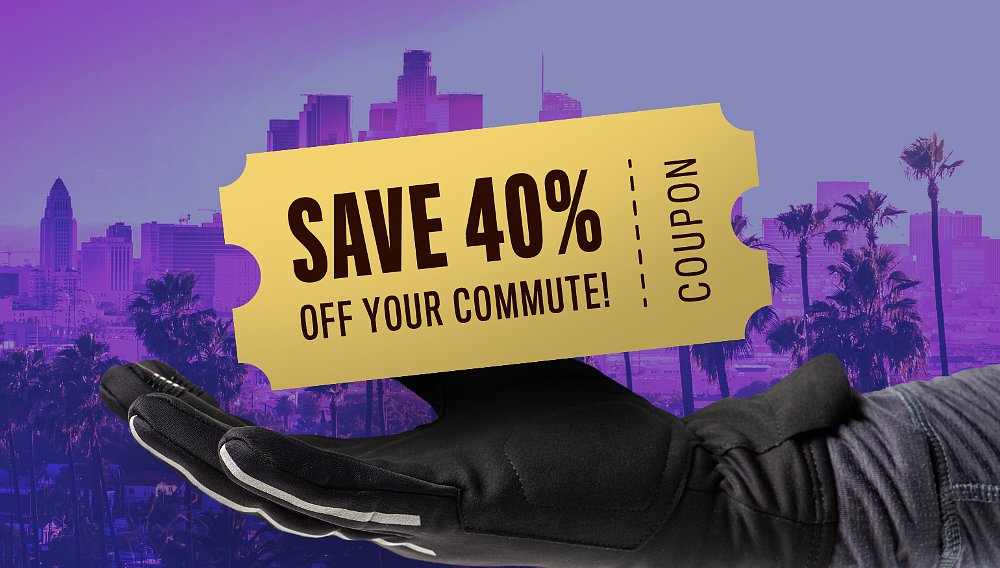
We may have been on a couple of wickedly fast machines, but outright speed has little to do with why motorcycles are such a silver bullet. It boils down to the fact that when you encounter traffic, you can use the motorcycle-sized space between lanes to keep moving. And therein lies the fine print on the back of this 40% off coupon: California is one of just six states that allow lane filtering.
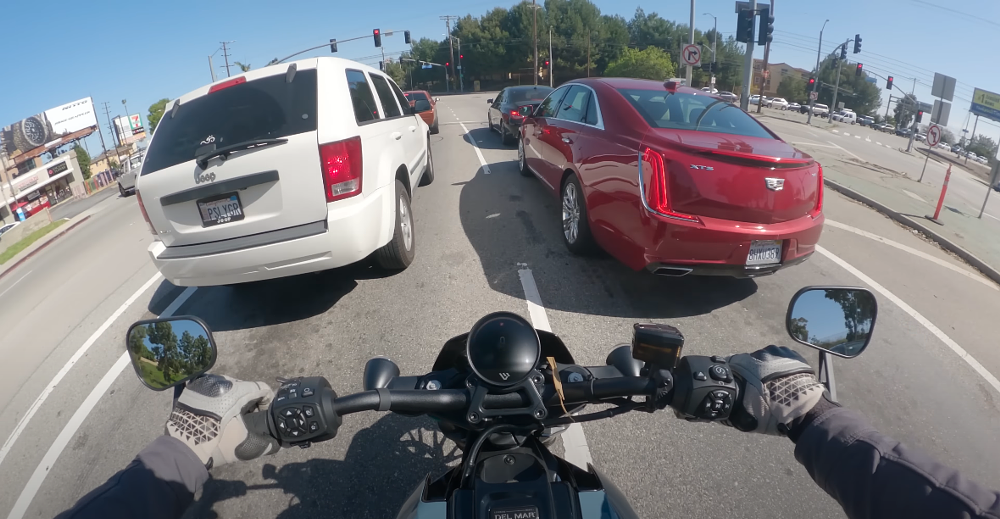
Here on the mean streets of L.A., slipping through traffic is a superpower akin to The Flash phasing through walls. It means that when you roll up on a sea of brake lights and the cars around you slow or stop, you don’t have to. It means moving to the front of the line at lights instead of watching the signal cycle from the back of a column of cars. There’s no reasonable way to avoid traffic and congestion in L.A., but on a motorcycle, at least you can avoid sitting in it.
This two-wheeled coupon does more than just save time, it can save your spirit. In a car, traffic is your captor. On two wheels, you can always exercise your free will. That autonomy is liberating, and makes you feel empowered to control your own destiny instead of being subject to the will of a city that can feel like it’s trying to crush you.
You might not live in an urban area where lane filtering would make a difference, but more than half of the world’s population does. Getting this 40% off coupon to apply to other cities is the challenge. Luckily, as Dustin reported in this recent article, five states have passed lane-filtering legislation in the last five years, suggesting there’s a groundswell of interest, and dare I say support, for the idea of lane filtering.
Want to take 40% off your congested commute, but don’t live in a state that allows lane filtering? One way you can help is by joining the American Motorcyclist Association, which lobbies on behalf of motorcyclists nationwide.




